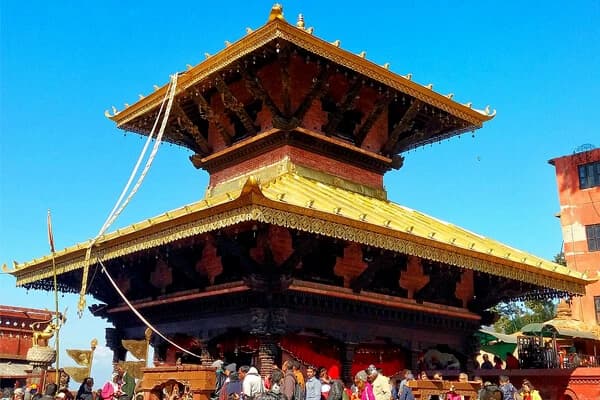Exploring the Mystical Naropa and Tilopa Cave in Pashupatinath Temple, Kathmandu
Introduction:
Nepal, a land of ancient traditions, breathtaking landscapes, and spiritual wonders, is home to numerous temples and sacred sites. Among these, the Pashupatinath Temple in Kathmandu stands out as one of the most revered and historically significant. Nestled within its complex, hidden from the bustling streets of the capital, lie the enigmatic Naropa and Tilopa Caves. In this blog, we will delve into the history, cultural significance, and spiritual essence of the Pashupatinath Temple, while also shedding light on the lesser-known, yet profoundly mystical, Naropa and Tilopa Caves.
The Pashupatinath Temple:
Pashupatinath Temple, a UNESCO World Heritage Site, is the most sacred Hindu temple in Nepal and a place of deep reverence for millions of Hindus worldwide. Located on the banks of the Bagmati River, this sprawling temple complex is dedicated to Lord Shiva, the deity of destruction and transformation in Hinduism. The temple's roots can be traced back to the 5th century, making it one of the oldest religious sites in Nepal.
The temple's primary shrine is adorned with exquisite woodcarvings, intricate architecture, and a stunning gold-plated roof. Devotees and pilgrims flock to the temple year-round, but its significance is most pronounced during the annual Maha Shivaratri festival when thousands of devotees from across the globe gather to pay their respects to Lord Shiva.
The Naropa and Tilopa Caves:
While the Pashupatinath Temple is widely renowned, only a few are aware of the hidden gems within its precincts—the Naropa and Tilopa Caves. These two caves, named after the revered Buddhist sages Naropa and Tilopa, are located in the northern section of the temple complex, nestled within the lush greenery of the surrounding forest.
1. Naropa Cave:
- Naropa, an Indian Buddhist scholar, and yogi, is considered one of the key figures in the development of Tibetan Buddhism. He is famed for his teachings on Mahamudra, a profound meditation practice.
- The Naropa Cave is believed to be where Naropa meditated and attained spiritual enlightenment. It is a simple, unassuming cave with a serene ambiance, making it a favored spot for meditation and reflection.
- Pilgrims and practitioners visit the cave to experience the spiritual energy that still permeates the space.
2. Tilopa Cave:
- Tilopa, the teacher of Naropa, was another revered figure in the history of Tibetan Buddhism. He was known for his teachings on the Six Yogas of Naropa, a set of advanced meditation practices.
- The Tilopa Cave, located adjacent to the Naropa Cave, is where Tilopa is said to have meditated and transmitted his wisdom to Naropa.
- This cave, too, holds a deep sense of tranquility and spirituality, attracting seekers in search of enlightenment.
The Significance:
The Naropa and Tilopa Caves in Pashupatinath Temple are not only a testament to the rich tapestry of spiritual traditions in Nepal but also a symbol of the harmonious coexistence of Hinduism and Buddhism in the country. Pilgrims from both faiths visit these caves seeking spiritual guidance and inner peace.
Conclusion:
The Pashupatinath Temple in Kathmandu, with its profound history and spiritual significance, stands as a symbol of Nepal's rich religious heritage. Within its hallowed grounds, the Naropa and Tilopa Caves provide a sanctuary for seekers, where the teachings of two great Buddhist sages continue to inspire and transform lives. Whether you are a pilgrim, a history enthusiast, or a spiritual seeker, a visit to this temple and its hidden caves is an experience that promises deep insight, tranquility, and reverence in the heart of Nepal.




